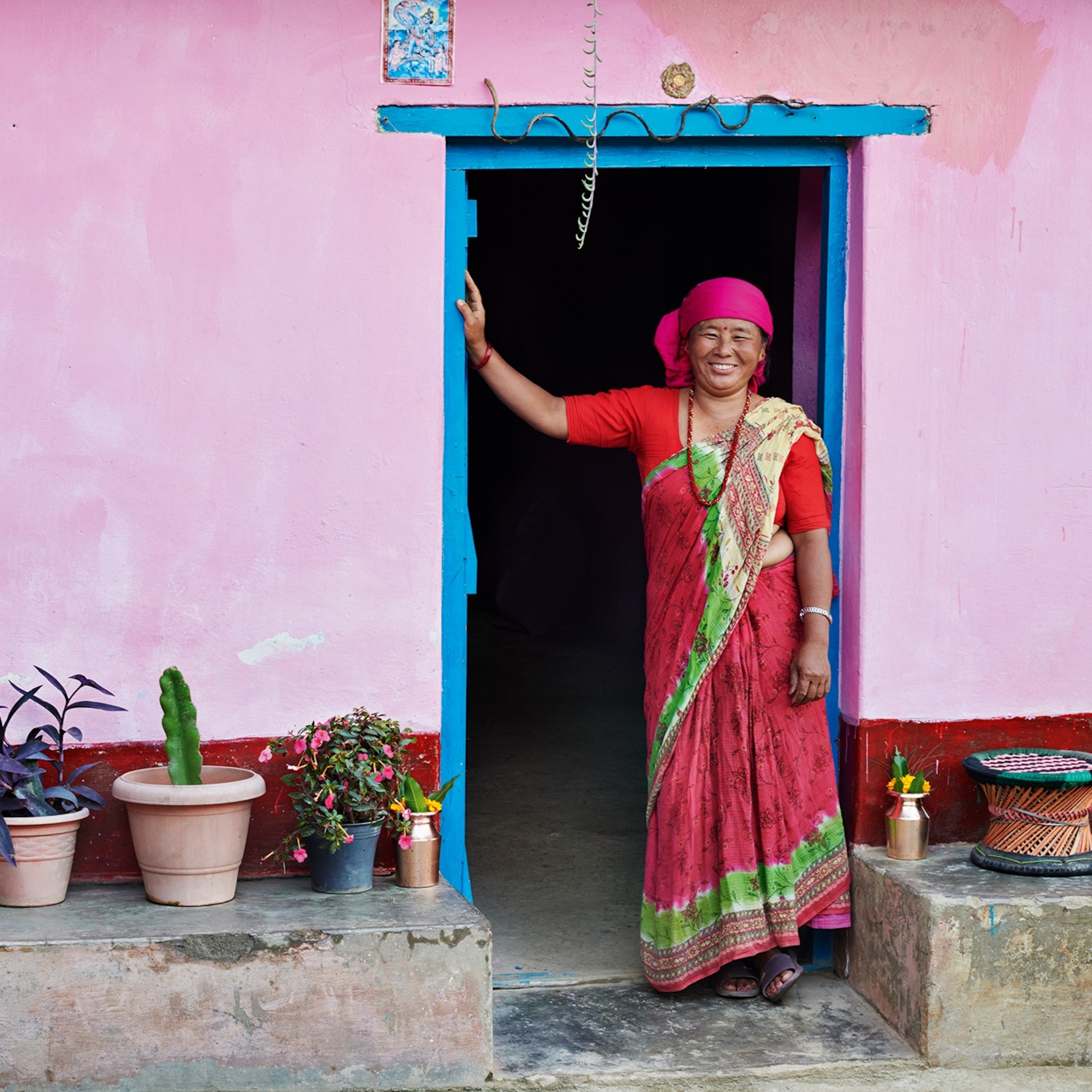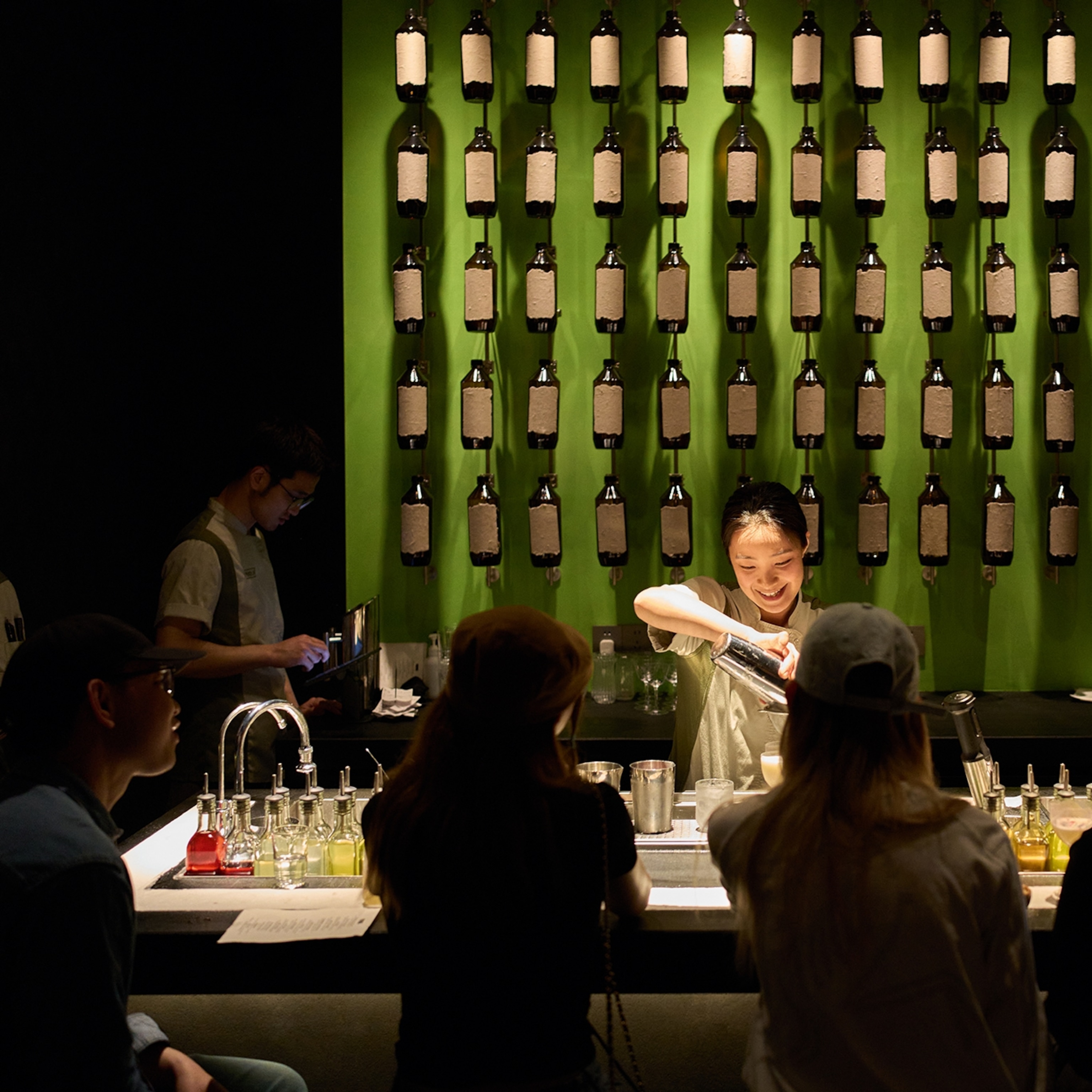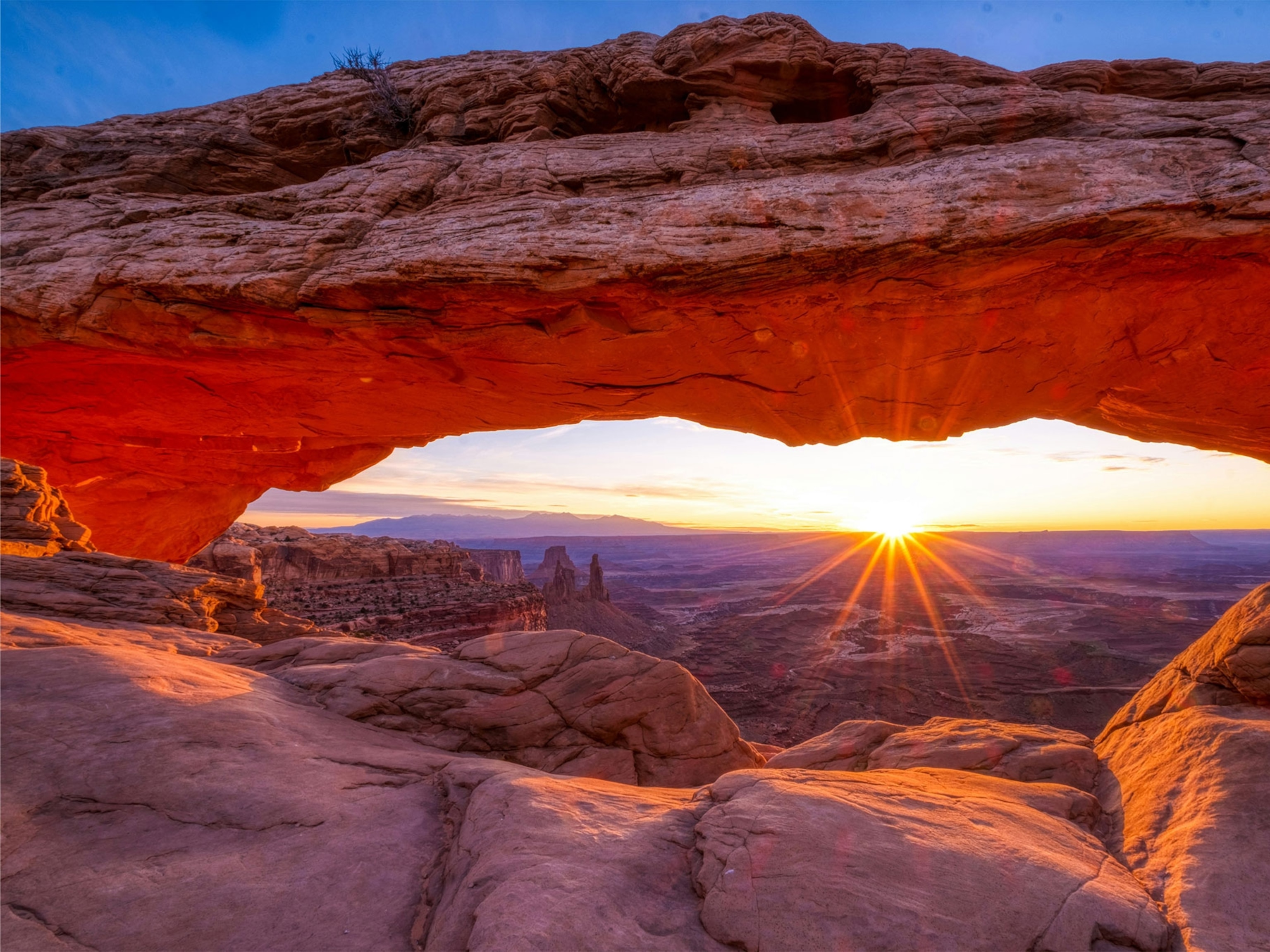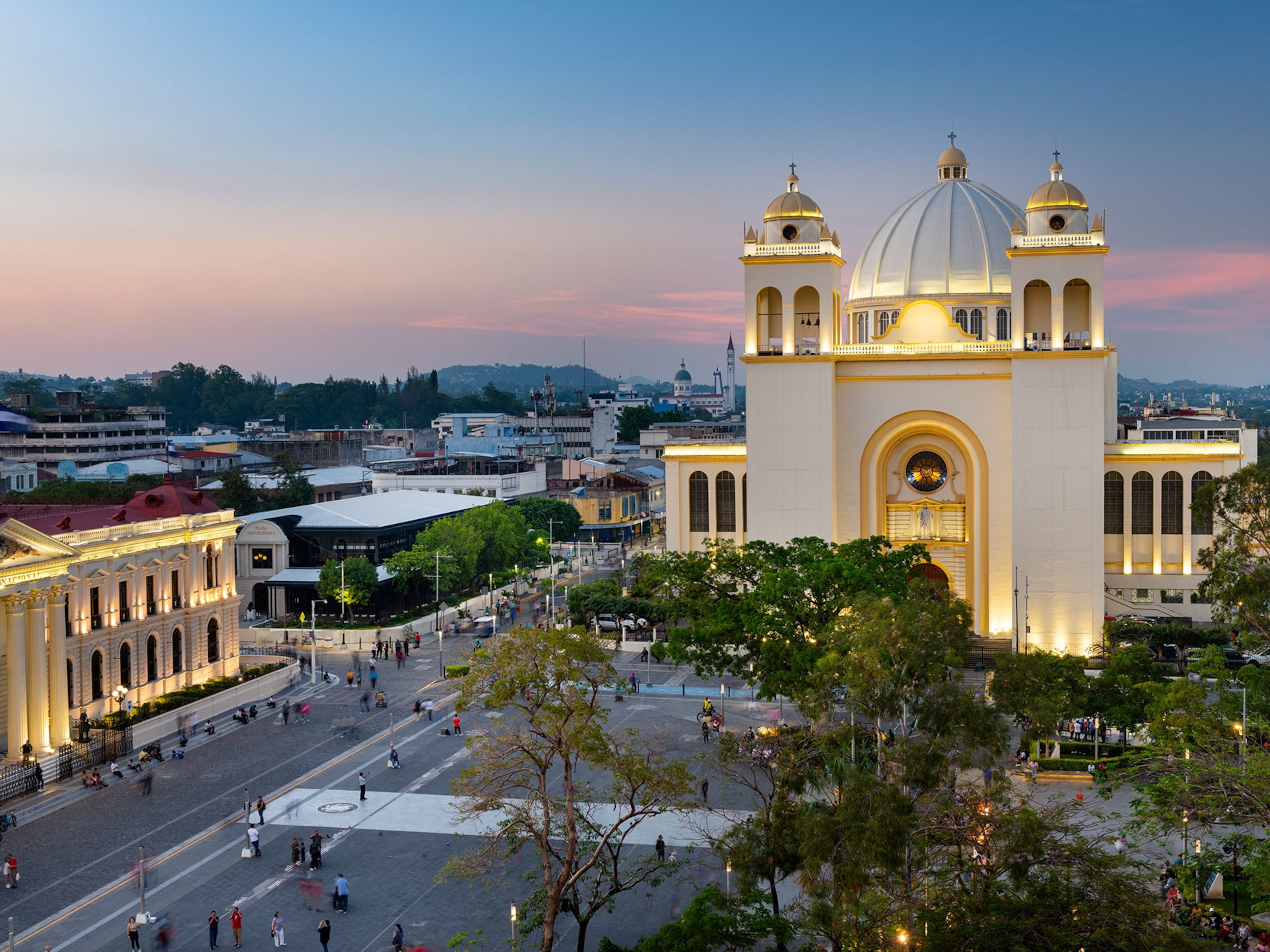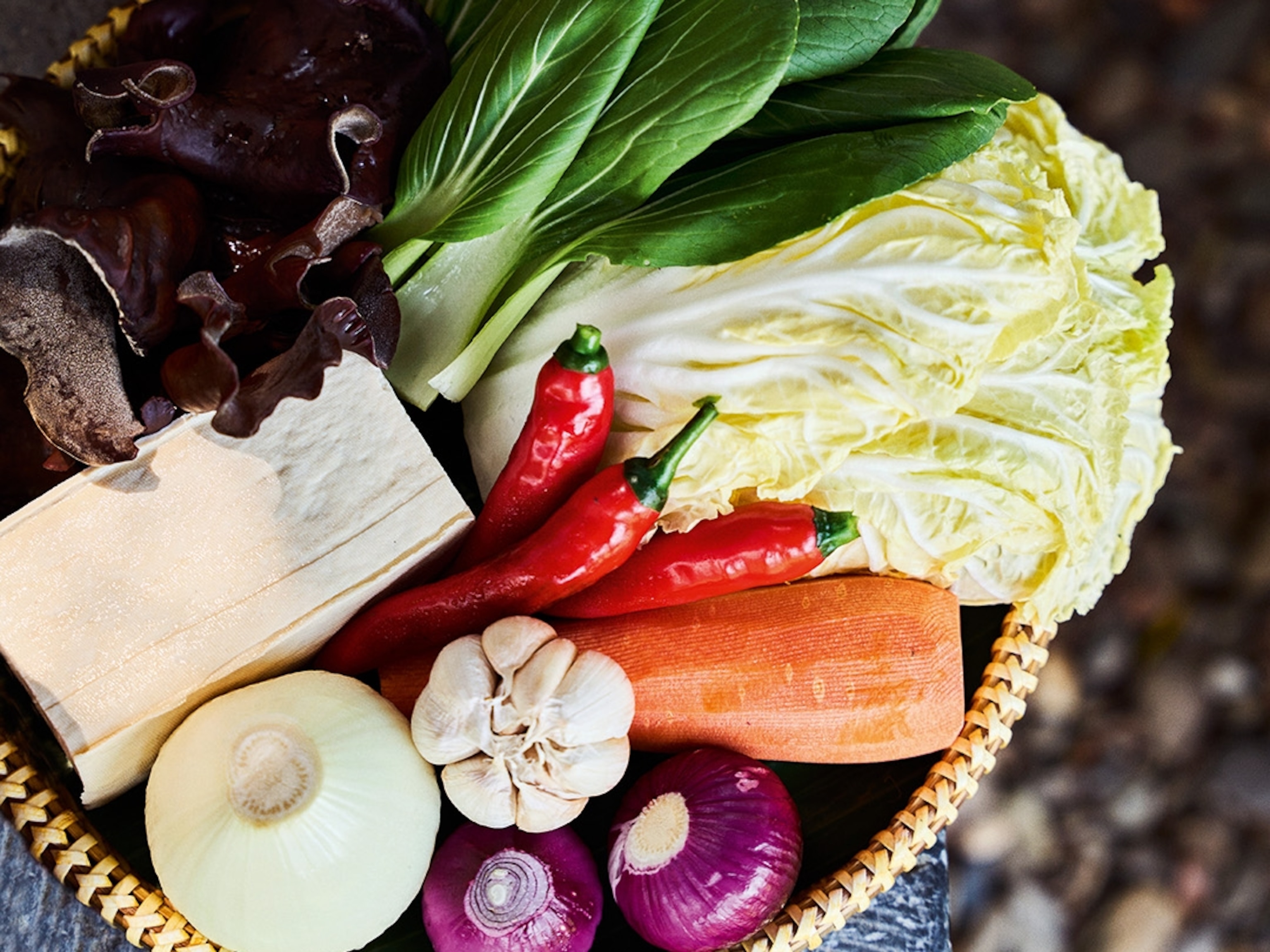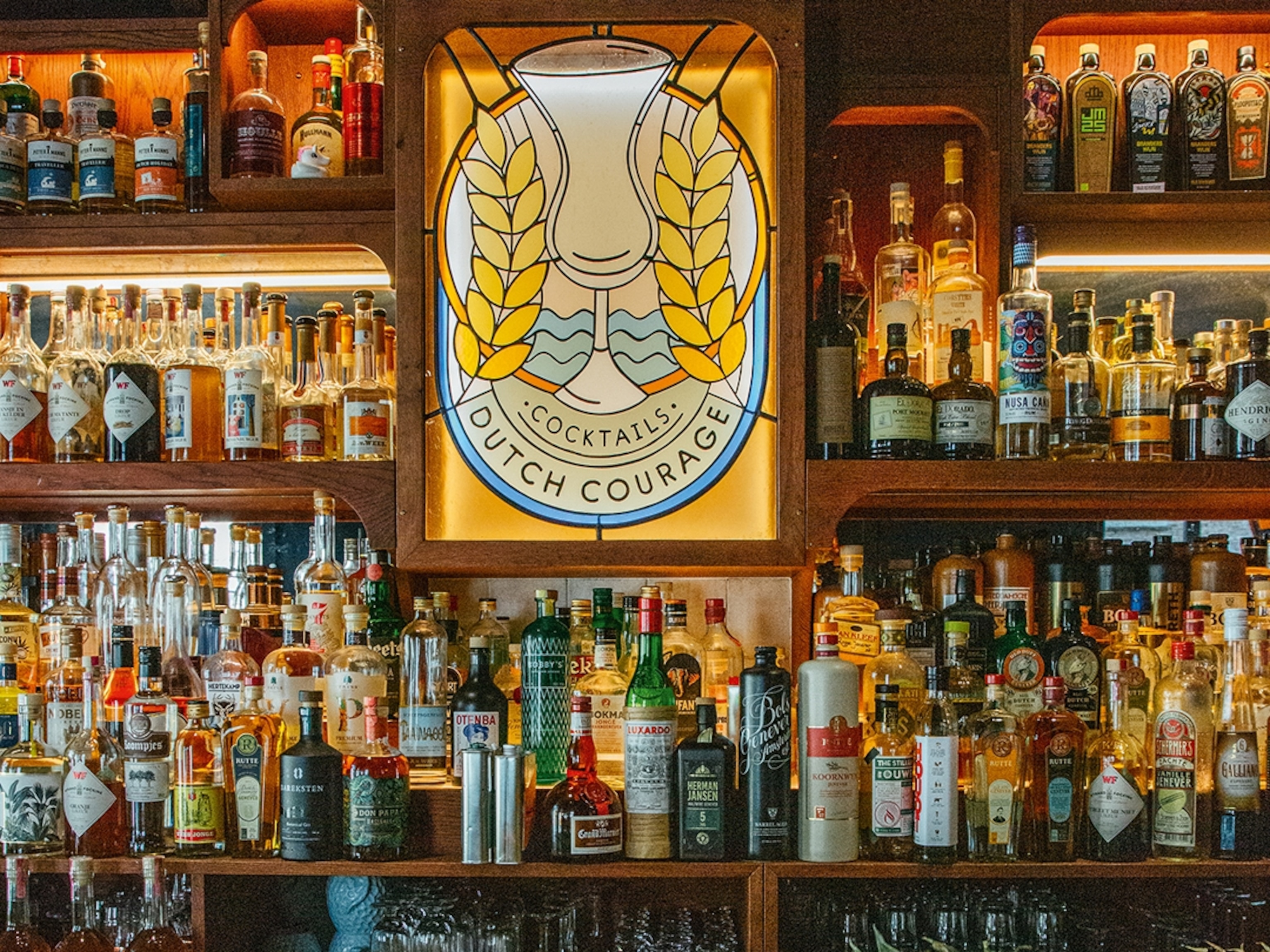
Kigali: how creativity has transformed the Rwandan capital
Rwanda is renowned for its gorillas, but the progressive capital has an allure of its own. Thanks to innovative artists and entrepreneurs, the city is finally emerging from the embers of its past.
Just downhill from President Paul Kagame’s residence in leafy Kiyovu, an earnest assortment of regulars and visitors has gathered at Heaven to discuss the day’s news over passion fruit cocktails, cold Mützig beers and scoops of what the proprietors like to call the best guacamole in Africa. If you’ve ever tasted a Rwandan avocado — huge, glossy and creamy as butter — you’ll understand why they make that claim. And if you’ve spent time in any African city where volunteers, development consultants and entrepreneurs converge, you’ll recognise Heaven. It’s one of those restaurants-with-rooms that attract movers and shakers, from visiting doctors, engineers and renewable energy experts to local crop scientists. Rumour has it that, come the Commonwealth Heads of Government Meeting 2020 in June, Prince Charles will be checking in.
With a landmark convention centre (domed like a traditional Rwandan palace, but lit like a sci-fi space station), Kigali does a brisk trade in such high-profile events. During my visit, an international conference on AIDS and STIs is in full swing, and I catch snippets of conversations about treatment strategies and recovery rates as I make my way through Heaven’s bar to the open-sided restaurant. Here, local couples on dinner dates talk softly, silhouetted against distant city lights, while tables of tourists chat excitedly about their recent adventures (in the Serengeti and the Maasai Mara) and what the coming days have in store (mountain gorillas). For most visitors to Rwanda, gorillas are the star attraction.
“We know everyone wants to see them,” says Heaven’s founder, Alissa Ruxin, a San Francisco native who’s passionate about primates. Her modern, solar-powered, boutique-style guest rooms are set among lush greenery and have mosquito nets slung over bamboo frames, a subtle reference to the gorillas’ forest home. “But if you’re simply whisked in and out of Kigali on a wildlife safari, you miss so much. We encourage you to go deeper, by making time for a cultural experience. There are some fantastic artisans and designers in Kigali, each with their own story. We’re always hearing how much guests appreciate meeting them.”
Heaven’s likeable staff go out of their way to make such encounters happen. Impeccably trained, many come from disadvantaged backgrounds; Alissa, who moved to Kigali with her public health expert husband in the mid-2000s and volunteered at an orphanage for survivors of the 1994 genocide against the Tutsis, has a talent for spotting potential.
“When we first arrived, Rwanda was still recovering — not just from the trauma of genocide and civil war, but also from famine,” explains Alissa. “People thought we were crazy to leave the States and raise our family here in Kiyovu.” Hundreds of thousands died between April and June 1994, and it took time for enemies to reconcile and exiles to return. But after spending much of the last quarter-century finding its feet, Rwanda has now blossomed into one of Africa’s most dynamic, forward-facing nations, and Kigali into one of its most liveable cities.
Spread over a cluster of hills, Kigali divides naturally into neighbourhoods. The avenues and boulevards of Kacyiru and Kimihurura, in the centre, are dotted with embassies, offices and independent galleries. The working-class district of Nyamirambo, in the southwest, has steep cobbled streets, kitenge (colourful fabric) merchants, traditional barbers and tailors, lively bars and a proud history — this was where resistance to the genocide was strongest. Kiyovu, west of Kimihurura, has international hotels, smart restaurants, fashion studios and affluent allure. Uniting these and the other neighbourhoods are the cheerful buzz of motorbike taxis, the fastest way to get around, and an abiding tidiness: Rwanda, one of the first nations in the world to ban plastic bags, requires its citizens to come together on the last Saturday morning of each month for a three-hour stint of public service called Umuganda, typically involving street-sweeping, tree-planting or verge-trimming.
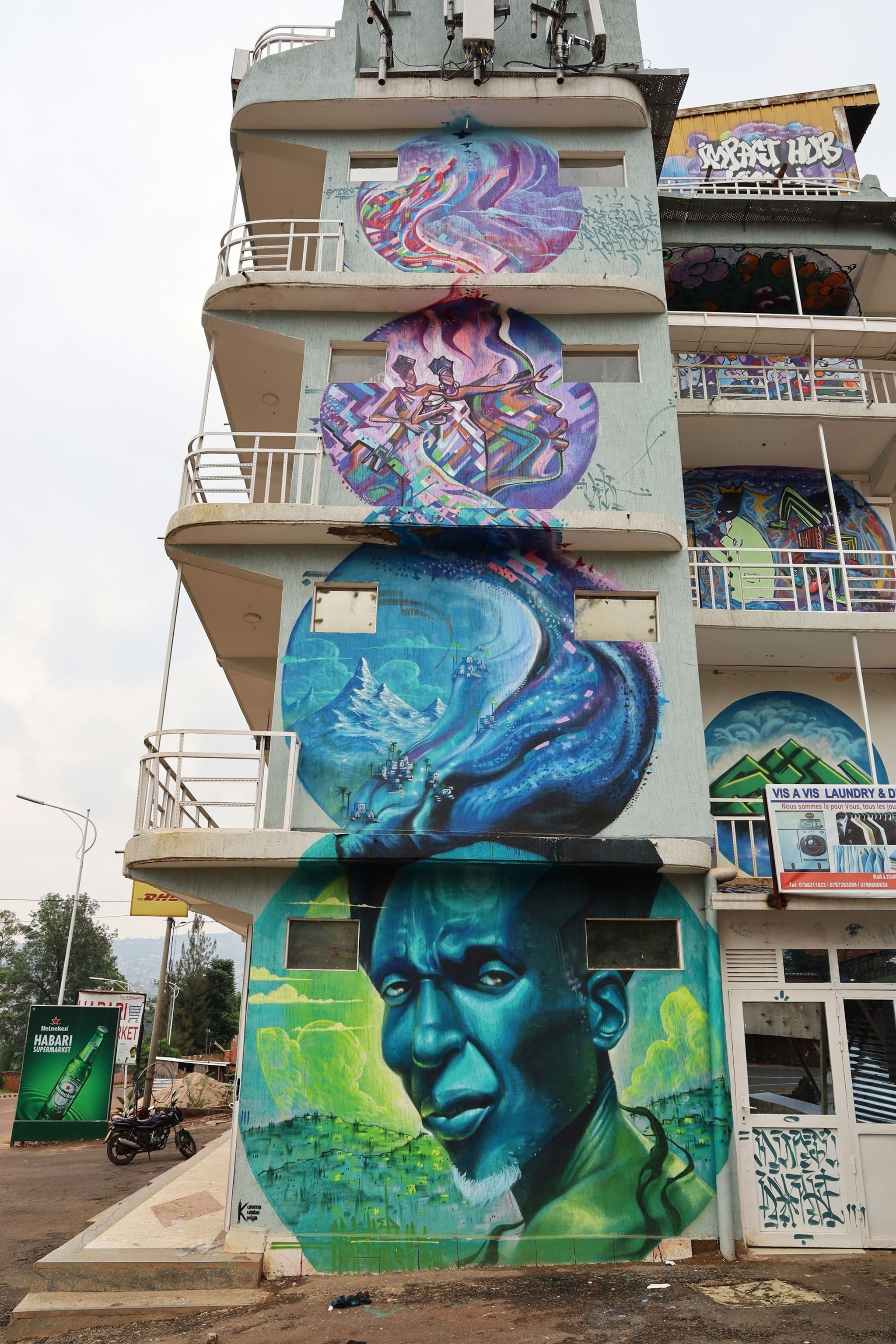
The road to reconciliation
Unifying customs such as Umuganda and the city’s bimonthly Car Free Day, when certain streets are closed to traffic to allow people to run, cycle and exercise instead, have been key to the city’s healing process. As has a determination not to forget the past — the Kigali Genocide Memorial on the west side of town is far more than a museum: it’s a mass burial ground to which locals regularly return to remember lost relatives and friends.
Visitors to Rwanda are sometimes advised against asking their hosts about ethnicity and genocide, but James Kamugisha, my guide, assures me that, on the contrary, questions are welcome. “What we want, more than anything, is to ensure that history doesn’t repeat itself,” he says. “There are people who try deny the genocide happened. We have to tell the truth.”
Essential as it is to getting a good understanding of present-day Kigali, a visit to the Genocide Memorial is harrowing. Video testimonies, snatches of racist propaganda and photos of some of the many children who were murdered throw the harshest realities into focus. Staff hover near the exit, ready to steer any visitors who appear particularly distressed into a quiet room where they can process what they’ve learned as best they can.
“I was in there for ages. In pieces,” says Carla Mrotzek, a young legal trainee from Germany who’s in Kigali on a short-term placement. We meet at a table laden with fresh produce, having both enrolled in a three-hour cooking class in Nyamirambo. Our classmates are French pharmacists taking time out from conference sessions, and an American tourist travelling solo.
With patient gestures and gentle nudges, our tutor, Aminatha Murekatete, teaches us how to prepare a Rwandan-style lunch of bean and cassava stew, matoke (a starchy variety of banana) with fried tomatoes and spinach-like dodo leaves with garlic and peanut sauce. Our kitchen is the concrete courtyard Aminatha shares with her neighbours. Women wander to and fro to clean windows or hang washing as we slice, chop, mix and stir. Soon, an array of delicious aromas are wafting up to the sky. It’s the best kind of therapy after the Genocide Memorial.
The class is one of several urban tours and experiences organised by Nyamirambo Women’s Center (NWC), a craft cooperative that’s helped lift local families out of poverty. “We realised that one of the best ways to promote our products and generate income for our community was to invite tourists to share a little of our culture,” explains co-founder Marie Aimée Umugeni when, after lunch, we visit NWC’s sewing studio and craft shop. The handmade purses, toys and baby clothes on display are so irresistible that everyone from my course buys something.
For more feel-good shopping, I drop into Kigalifaam, the monthly farmers’ and artisans’ market at Kigali Serena, one of the city’s plushest hotels. Many of the goodies on offer have a backstory: adorable needle-felted gorilla ornaments are created by Handspun Hope, which employs genocide widows; social enterprise Beeutiful Creations sells jars of locally harvested honey; and there are smart kitenge-trimmed bags by Itara, a project that benefits vulnerable children.
In her stylish Kiyovu boutique, Inzuki Designs, I chat to jeweller Teta Isibo about the city’s flourishing creative scene. “Kigali feels like a new city,” she says. “Thanks to the work my parents’ generation did to rebuild Rwanda, we now have the freedom to be whimsical. Almost all of us designers and artists are self-taught, and there’s nothing really to stop us experimenting.
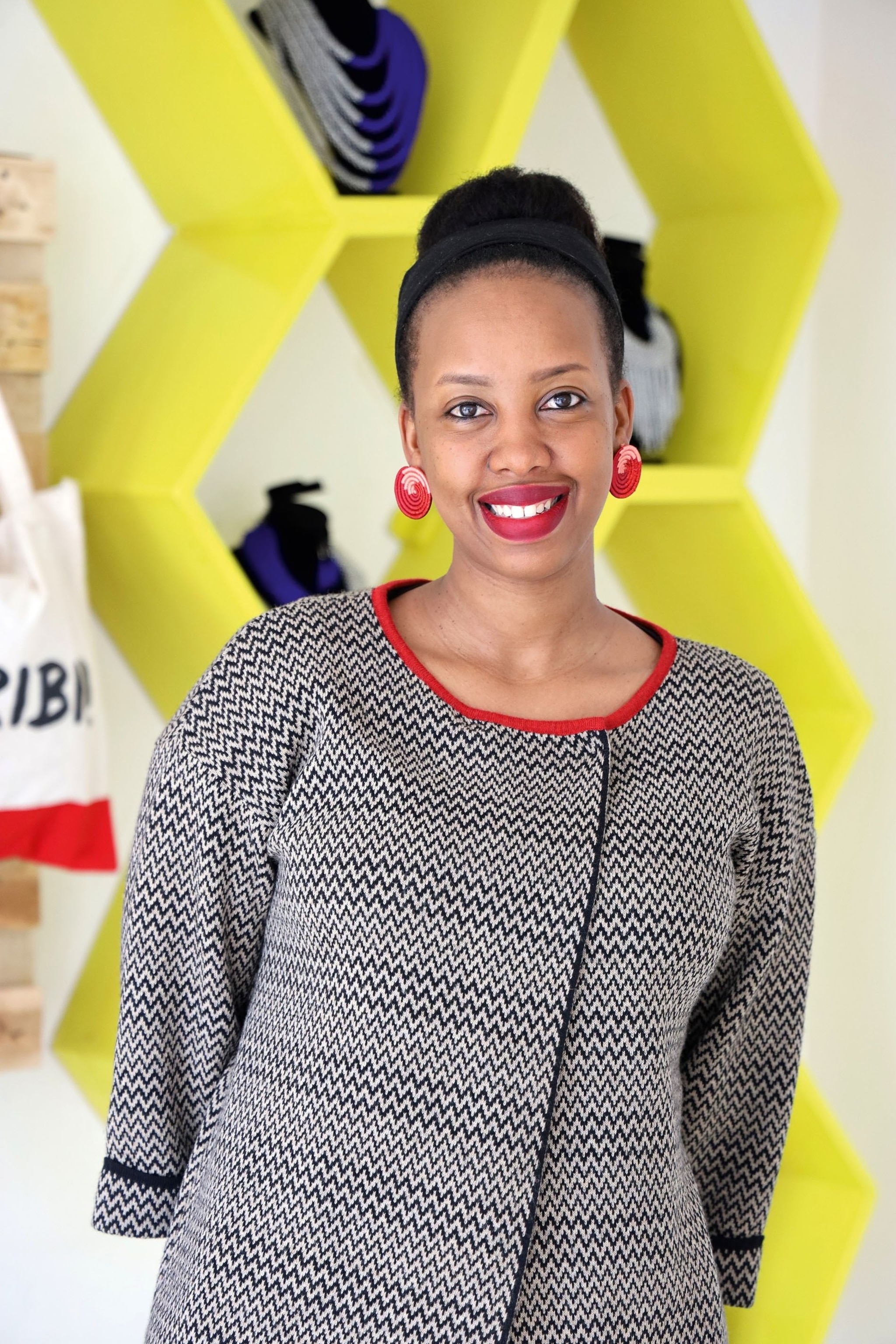
“Compared to other African countries, this is a great place for women to start a business. President Paul Kagame is a self-described feminist — women make up an incredible 62% of Rwanda’s national legislature — we have a successful Made In Rwanda programme and our Minister of Trade and Industry, Soraya Hakuziyaremye, is a businesswoman with a track record in female empowerment. Many of the young people I speak to want to launch their own creative start-up.”
Ready to acquire a new creative skill of my own, I visit Azizi Life Studio — near the Kigali Convention Centre — for a crash course in imigongo making. Few African art forms are as distinctive as imigongo, Rwandan graphic panels created from a cow dung putty pressed onto wood. Once dried, sanded and painted, they’re like lightweight geometric carvings. You can pick them up at craft stalls all over town, and Azizi’s team loves teaching people how to make them.
Master imigongo maker Alexis Nsengiyumva shows me the ropes. The aroma of the putty — actually a mixture of cow dung and cooking fire ash — is challenging, but the technique is strangely satisfying. By the end of the session, I’m hooked.
With so much energy simmering away, it’s only a matter of time before Kigali gets its own creative academy. “Things happen fast here,” street art enthusiast Judith Kaine tells me. Her community-based art foundation Kurema, Kureba, Kwiga (To Create, To See, To Learn) matchmakes muralists with patrons, and organises ad hoc tours. “When I moved to Rwanda from the US about seven years ago, Kigali only had a couple of proper galleries. Now it has 10.”
In the brightly painted yard at Inema, one of Kigali’s leading art spaces, local kids are throwing everything they’ve got into a drumming and dance show. By the looks on their faces, they’d be dancing whether anyone was watching or not. “Art, music, dance, the visual story of our environment — they’re all interlinked,” says artist and co-founder Emmanuel Nkuranga. “How cool is it to have kids come here and learn about their culture, where they’ve come from — and where they’re going?”
Q&A with Abraham Konga, jewellery designer
What’s the best thing about Kigali?
It’s a green city. I think at the end of the day, either you keep the place where you live clean, or that place messes you up.
What influence do Kigali’s green credentials have on your creative life?
I like to explore ideas of sustainability in my designs, by upcycling discarded objects and materials, and evoking natural forms such as leaves and sun rays. When I see something that’s been thrown away, such as a cow horn or an old brass padlock, I think to myself: can I make something beautiful out of that?
What makes Kigali different from other African cities?
It’s not chaotic — in fact, it feels really safe. We have good roads, good pavements and plenty of lights on both public and private buildings at night. It’s easy to walk around, even in the dark.
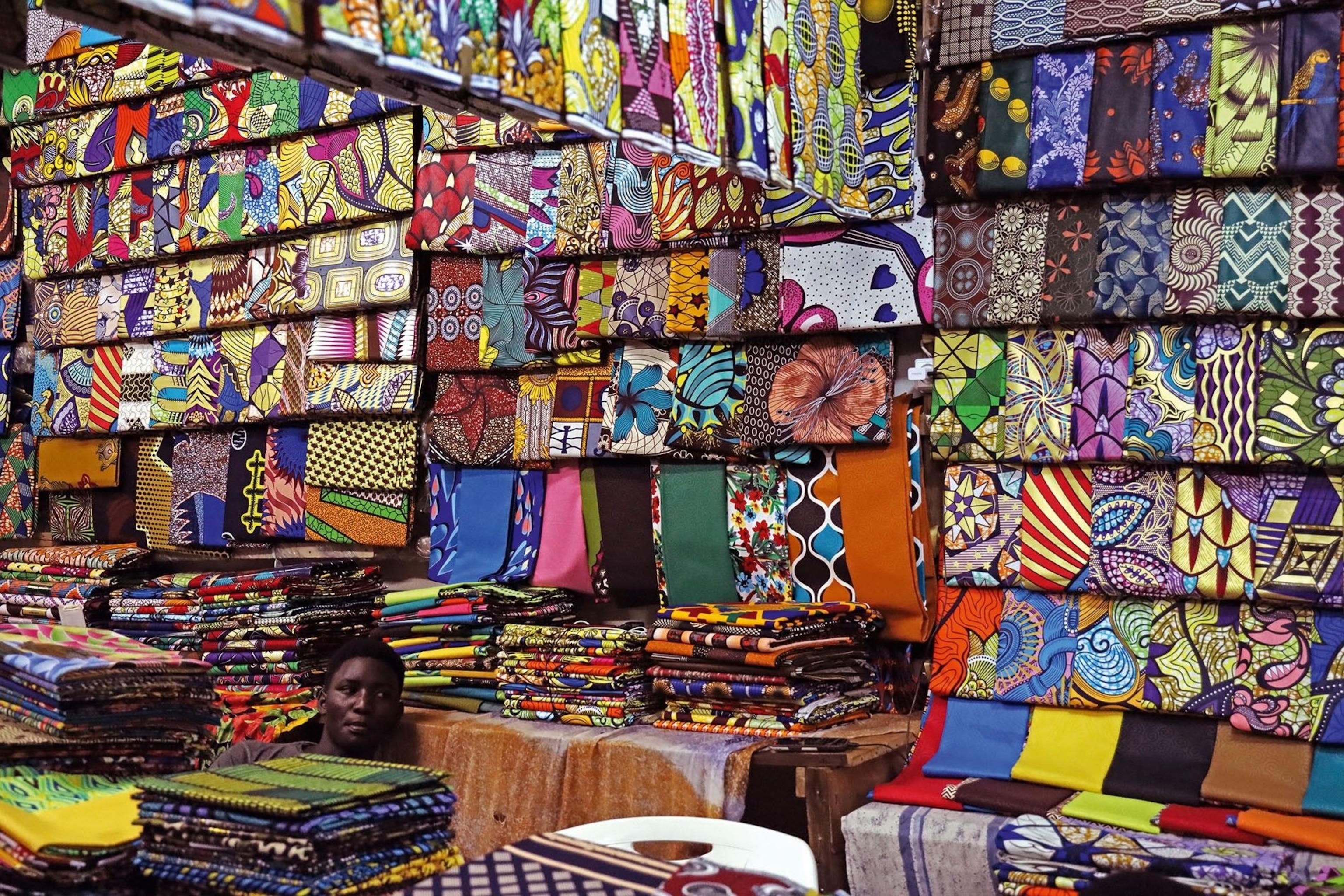
Insider tips
The Map — Kigali is a brilliant visual reference, annotated with useful suggestions from the editors of livinginkigali.com as well as crowd-sourced tips from a range of Kigali residents. africaguidemaps.com/maps
(RRP: £12.99).
Buying a local SIM for your mobile phone involves a lengthy procedure that includes presenting your passport. If you prefer using wi-fi, you’re in luck: most hotels provide it and in central Kigali, you’re never far from a hotspot. To pinpoint them, use the WiFi Map app.
Yego cabs and motos (motorbike taxis) offer metered rides without the hassle of haggling and are bookable via an Android app or by dialling 9191.
Essentials
Getting there & around
RwandAir flies from Gatwick to Kigali three times a week via Brussels. Turkish Airlines offers a service via Istanbul, and Ethiopian Airlines flies via Addis Ababa.
Average flight time: 10h20m.
Private transfers to the city centre cost from £10. Taxis (car, motorbike and bicycle) and smartcard-operated buses cover the entire city.
Go Further Tours and Heaven Tours offer in-depth tours and creative experiences.
When to go
Close to the Equator, the temperature in Kigali is fairly steady, averaging in the high 20Cs. April is the rainiest month, while June to August is driest.
More info
Bradt Rwanda by Philip Briggs (Bradt Travel Guides, RRP: £17.99)
How to do it
Another Africa arranges bespoke itineraries to Kigali and throughout Rwanda from £600 per person sharing, including two nights on a B&B basis at Heaven The Retreat, and two half-day city experiences. Excludes international flights.
Published in the April 2020 issue of National Geographic Traveller (UK)
Follow us on social media
Twitter | Facebook | Instagram
